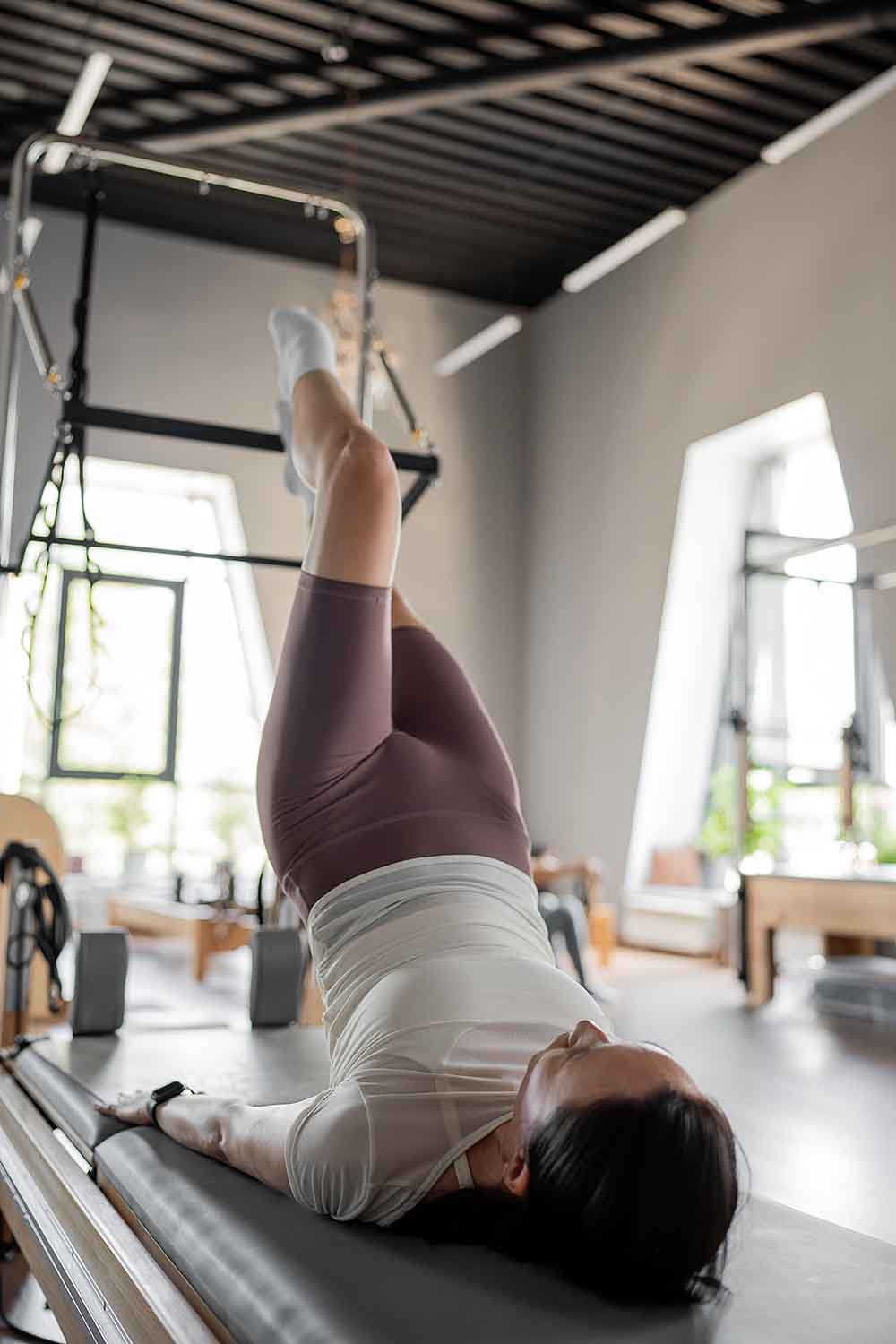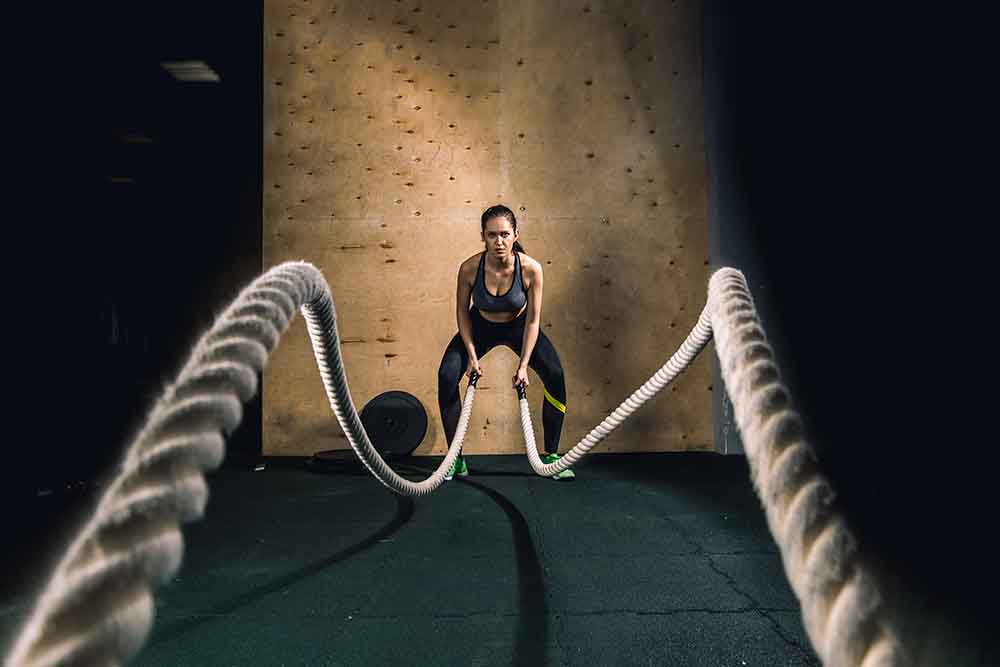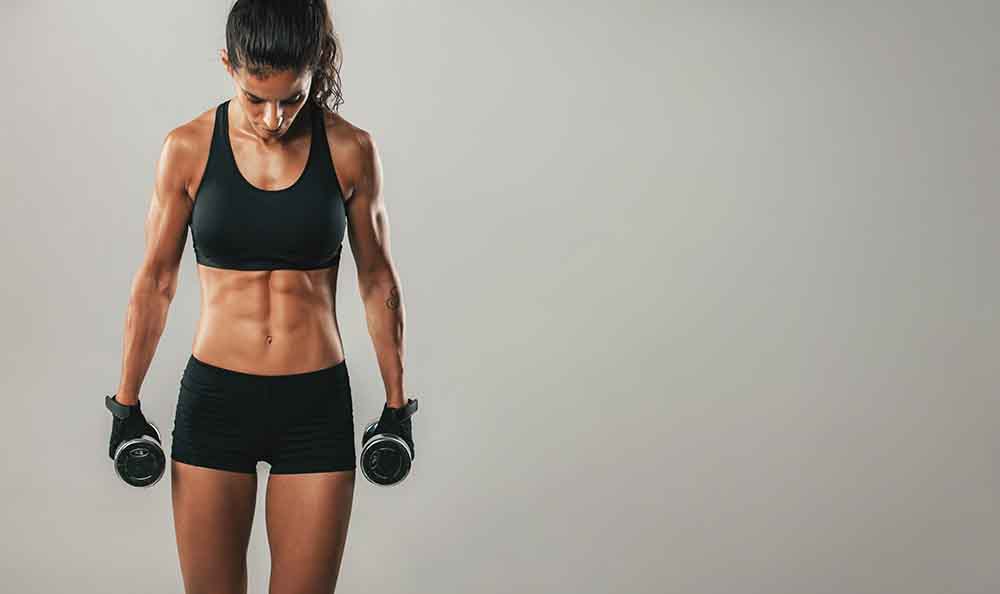Fitness enthusiasts often debate the effectiveness of different workout styles, and two that frequently come up are Pilates and CrossFit. While both have gained immense popularity, they cater to different fitness goals and body types. Whether you're looking to improve flexibility, tone muscle, or build strength, understanding the benefits and limitations of each can help you make an informed decision.
The Art Of Pilates: Strength With Grace
Pilates is a low-impact exercise method that focuses on core strength, flexibility, and posture. Developed by Joseph Pilates in the early 20th century, it was originally intended for rehabilitation, but has since evolved into a mainstream fitness regime. Pilates involves precise, controlled movements that engage deep stabilising muscles, helping to improve overall body awareness and alignment.
One of the standout features of Pilates is its adaptability. It can be performed on a mat using body weight or with specialised equipment like the Reformer, which provides resistance for deeper muscle engagement. This makes it suitable for individuals across all fitness levels, from beginners to advanced practitioners.

Pilates offers numerous benefits beyond just toning the body. It helps:
• Strengthen the core: Every movement in Pilates engages the core, leading to improved balance and stability.
• Enhance flexibility and posture: By stretching and lengthening muscles, Pilates helps prevent stiffness and improves overall mobility.
• Reduce stress and promote mindfulness: The emphasis on breath control and precise movements makes Pilates a calming workout, reducing stress and tension.
• Support injury rehabilitation: Since it’s gentle on the joints, many physical therapists recommend Pilates for recovery from injuries or chronic pain conditions.
• Tone muscles without bulk: Unlike strength training, Pilates creates long, lean muscles rather than adding bulk.

While Pilates is a fantastic workout, it does come with a few limitations:
• Slow visible results: Since Pilates focuses on muscle endurance rather than high-calorie burning, it may take longer to see noticeable physical changes.
• Less emphasis on cardio and strength training: Those looking for intense fat loss or major muscle gain might need to supplement Pilates with other workouts.
• Requires patience and consistency: Precision is key in Pilates, meaning progress can be slow but rewarding in the long run.
The Power Of CrossFit: Strength And Intensity
At the other end of the spectrum, CrossFit is a high-intensity, strength-and-conditioning program designed to push physical limits and build overall athleticism. It incorporates a mix of weightlifting, functional movements, cardiovascular exercises, and bodyweight training to deliver a full-body workout.
CrossFit workouts, often referred to as WODs (Workouts of the Day), are constantly varied and typically performed in a group setting, fostering a strong sense of community. This workout style is highly appealing to those who thrive on competition and structured challenges.

CrossFit is an excellent choice for individuals looking to enhance their fitness levels quickly. Some of its key benefits include:
• Rapid strength and muscle building: CrossFit’s focus on compound movements such as squats, deadlifts, and snatches, helps develop overall strength efficiently.
• High-calorie burn: Due to its intense nature, CrossFit workouts burn a significant number of calories in a short time, making it ideal for weight loss.
• Increased endurance and agility: The combination of strength, cardio, and bodyweight exercises improves both stamina and overall athletic performance.
• Motivating group environment: The CrossFit community is known for its supportive and competitive spirit, helping individuals stay committed to their fitness journey.
• Varied workouts: No two workouts are the same, preventing boredom and ensuring continued progress.
Challenges of CrossFit
• Higher risk of injury: The intensity and complexity of movements require proper form, making beginners more susceptible to injuries if not supervised correctly.
• Not suitable for everyone: Those with joint or mobility issues might find CrossFit too demanding.
• Requires access to equipment: Unlike Pilates, which can be done at home with minimal space, CrossFit often requires a well-equipped gym.
• Overwhelming for beginners: The fast-paced environment and heavy lifting might feel intimidating for those new to fitness.

Choosing The Right Workout for You
Both Pilates and CrossFit offer incredible benefits, but choosing between them depends on your fitness goals, lifestyle, and personal preferences:
• Opt for Pilates if: You want a low-impact, mindful workout that enhances core strength, flexibility, and overall body control. It’s perfect for those recovering from injuries, looking to improve posture, or seeking a workout that promotes relaxation.
• Go for CrossFit if: You’re looking to build muscle, increase endurance, and push your fitness boundaries through high-intensity workouts. It’s ideal for those who enjoy competition, thrive in a group setting, and want fast-paced, results-driven training.
• Consider a combination: Many fitness enthusiasts benefit from incorporating both workouts. Pilates can improve flexibility and prevent injuries, complementing the strength and endurance gained from CrossFit.
At the end of the day, the best workout is the one you enjoy and can stick to consistently.